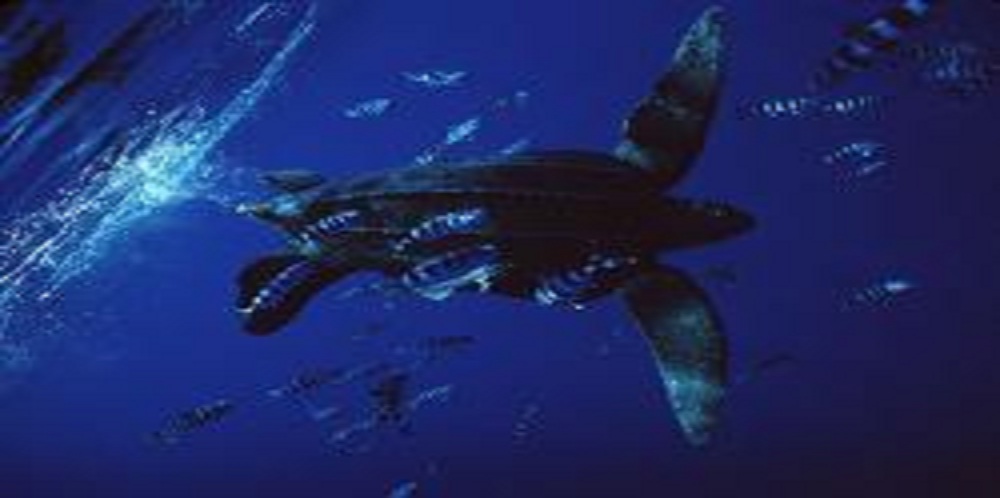Millbrae, CA – On Saturday, the Pacific Fishery Management Council—a federal body that recommends fishery management measures to the Secretary of Commerce—denied approval for a new high seas longline fishery off the U.S. West Coast. The proposed fishery would have targeted swordfish off the coast of California and Oregon over 200 miles from shore in areas frequented by federally threatened Pacific loggerhead and endangered Pacific leatherback sea turtles.
“Federal fishery managers showed strong leadership by denying the ill-conceived high seas longline fishery,” said Mike Milne of the Sea Turtle Restoration Project. “Endangered sea turtles already face a gauntlet of more than a billion hooks while they migrate from their nesting beaches to their feeding areas.”
The California-based swordfish longline fishery has been closed since 2004 when the National Marine Fisheries Service (NMFS) concluded that continued operation of this fishery would violate the Endangered Species Act by jeopardizing the loggerhead sea turtle. NMFS predicted that the fishery entangled 174 loggerhead sea turtles (47 killed) and 53 leatherback sea turtles (14 killed) a year.
Pacific leatherback sea turtles and Pacific loggerhead sea turtles are unintentionally caught by fishermen as they migrate between their nesting beaches in Indonesia and Japan to their feeding grounds along the Mexico and California coastline. In the last 25 years, scientists estimate that populations of Pacific leatherbacks and loggerheads have declined by approximately 90% and 85%, respectively. Commercial fishing is widely believed to be a fundamental cause of their precipitous decline towards extinction.
“Denying a new fishery temporarily lets sea turtles off the hook, but more fundamental changes in how we treat our ocean are still needed. The 100-million-year-old Pacific leatherback sea turtle may have survived the extinction of the dinosaurs, but our appetite for fish poses a far greater threat,” added Milne.
After hearing an environmental analysis that predicted three to nine leatherback sea turtles and four to 27 loggerhead sea turtles would be caught by fishermen each year, the Pacific Fishery Management Council was not convinced the use of “turtle-friendly” circle hooks and other protective measures were enough to safeguard sea turtle populations. The final Council vote was 7-5 opposing the proposed high seas longline fishery.
Pelagic longline fishing involves the use of a monofilament nylon line that stretches behind a vessel across 20 to 60 miles of ocean. A single longline fishing vessel may deploy several thousand hooks at one time. Swordfish vessels are particularly dangerous to sea turtles since their hooks sit in shallower water where turtles are more common.
The 100-million-year-old leatherback sea turtle visits California waters from June to December each fall after traveling approximately 6,000-miles across the Pacific ocean from their nesting beaches in Indonesia. Scientists postulate leatherbacks are attracted by the abundance of jellyfish found off the California coast and can consume up to 2000 lbs. of jellyfish in a single day.




